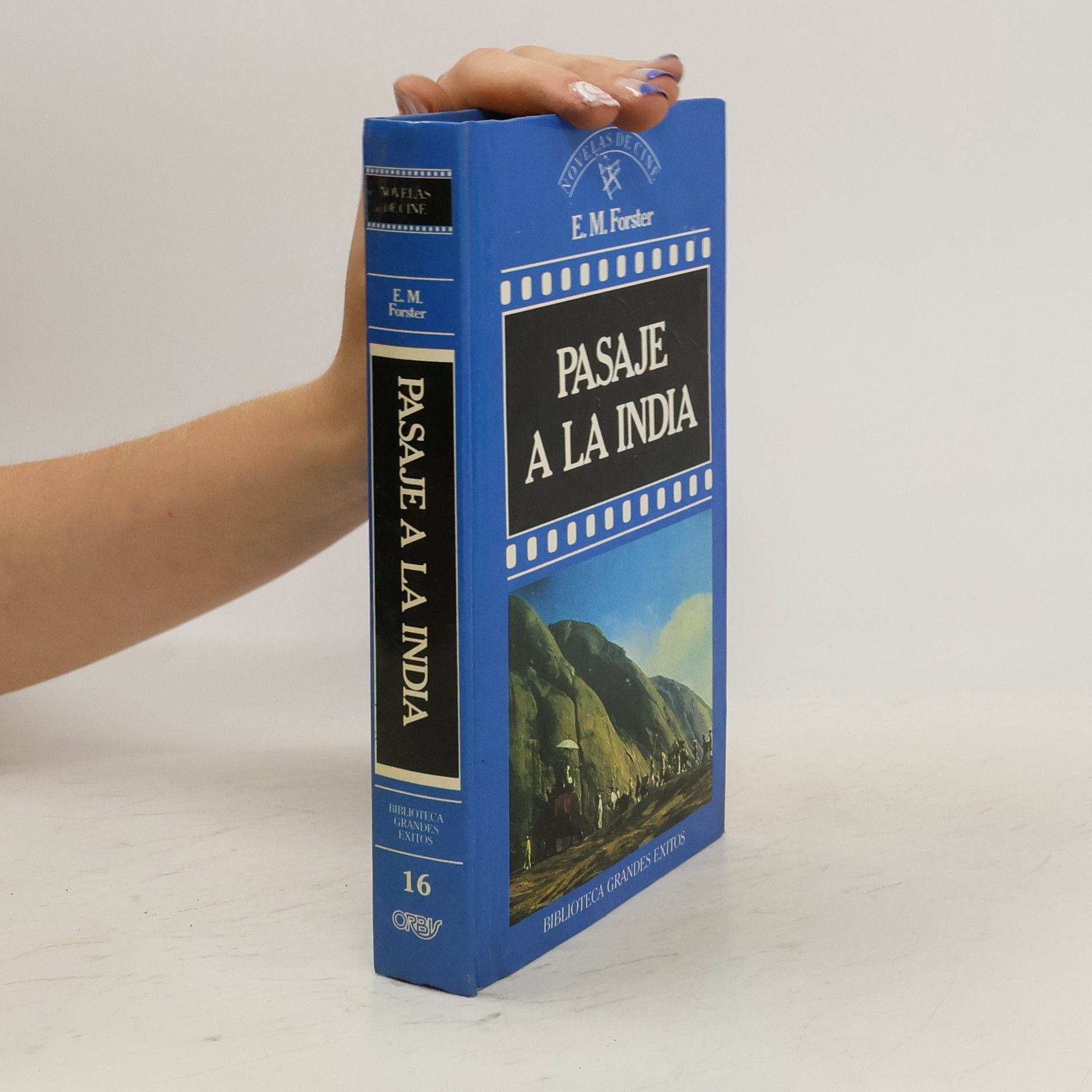Con esta colección, los más pequeños de la casa podrán acercarse a los grandes clásicos gracias a los divertidos e ingeniosos textos rimados y podrán disfrutar y descubrir las tramas adaptadas y los personajes más importantes de la historia de la literatura universal. Los libros están pensados para que los niños no lectores puedan disfrutarlos a solas, mirando las llamativas y coloridas ilustraciones, o bien para compartirlos con un adulto encargado de la lectura.
Colin Swatridge Libros






Oxford Guide to Effective Argument and Critical Thinking
- 235 páginas
- 9 horas de lectura
This work is sure to improve the written work of any student required to demonstrate the key skills of critical writing and thinking. It is equally as valuable for professionals needing these skills as well as for anyone who has a case to put forward and would like to do so convincingly.
Are you studying a subject in the humanities or social sciences? Do you have a long essay, dissertation, or thesis to write? This short guide is for international students, mature students, all students uncertain as to how to proceed. You won't have time to read more than you need to, so the student-friendly text is kept to a minimum. Advice is given concerning your title, what you might cover in your introduction; your review of the literature--your analysis of the 'received opinion' on the subject; your own counter-argument; your sources and use of evidence; and your conclusion. A number of short, illustrative passages are included, written by distinguished authors, as well as a summary structure plan, and exemplar essay.
We all engage in philosophy at times, thinking deeply and concentratively, though we don’t label ourselves as Philosophers—doing so would seem pretentious. Philosophers, typically found in university departments, explore fundamental questions about reality, knowledge, and ethics. Despite their efforts over two and a half millennia, they have yet to arrive at universally accepted answers that are more useful or certain than those proposed by non-Philosophers. Many remain influenced by theological thought, and most are chasing a lost cause, except for those whose work aligns with other fields of inquiry. This raises the question: is there anything particularly special about Philosophy? Dr. Swatridge, who studied Theology and Philosophy at the University of Nottingham, has been a visiting lecturer in critical thinking and argumentation at various universities in Hungary, Poland, and Romania since 1998. He has a longstanding affiliation with Miskolc University in North-Eastern Hungary, where he teaches in the Faculty of Arts and Humanities. His previous works include a guide on effective argument and critical thinking, as well as titles exploring themes in Transylvania and the nature of perspective.